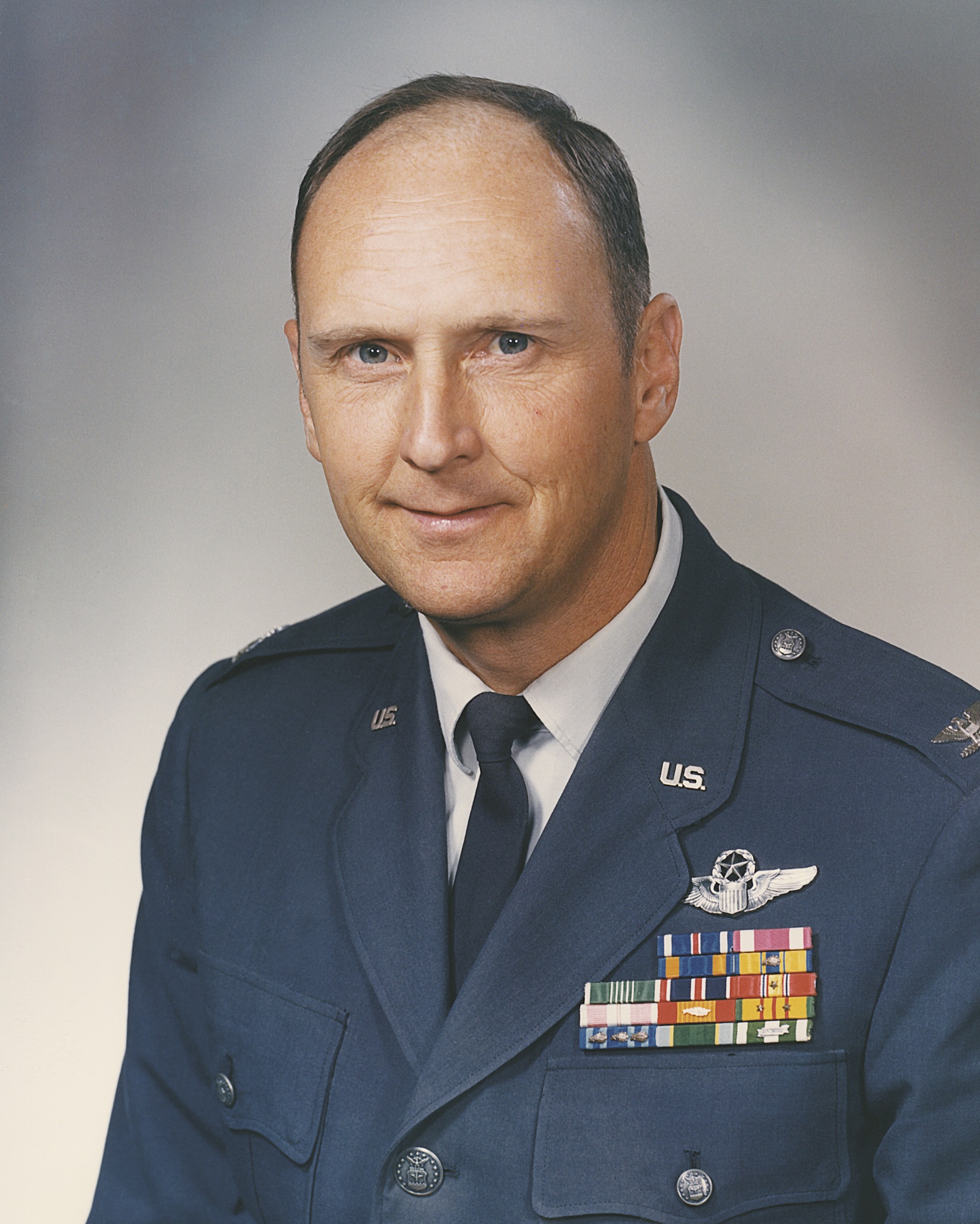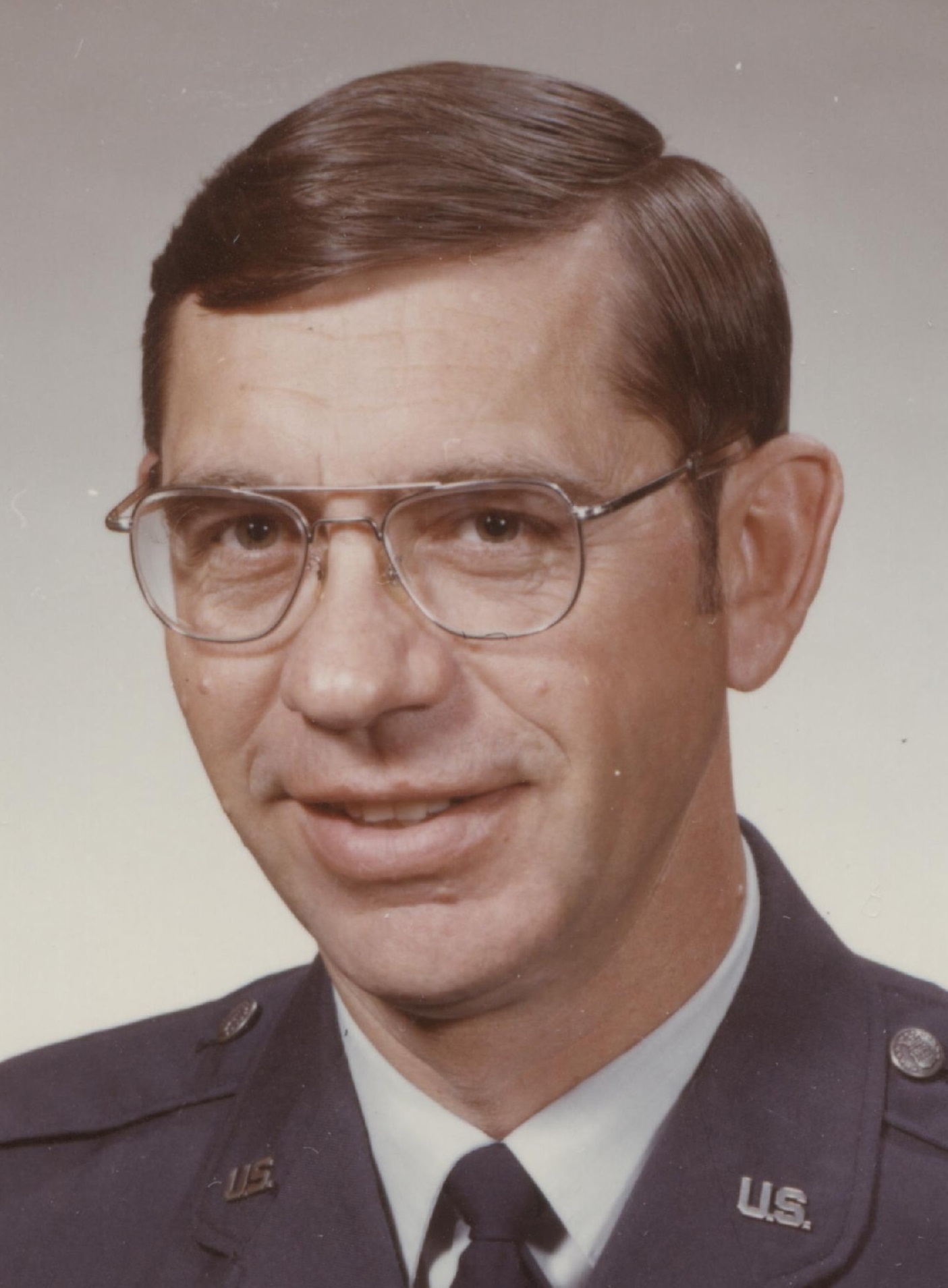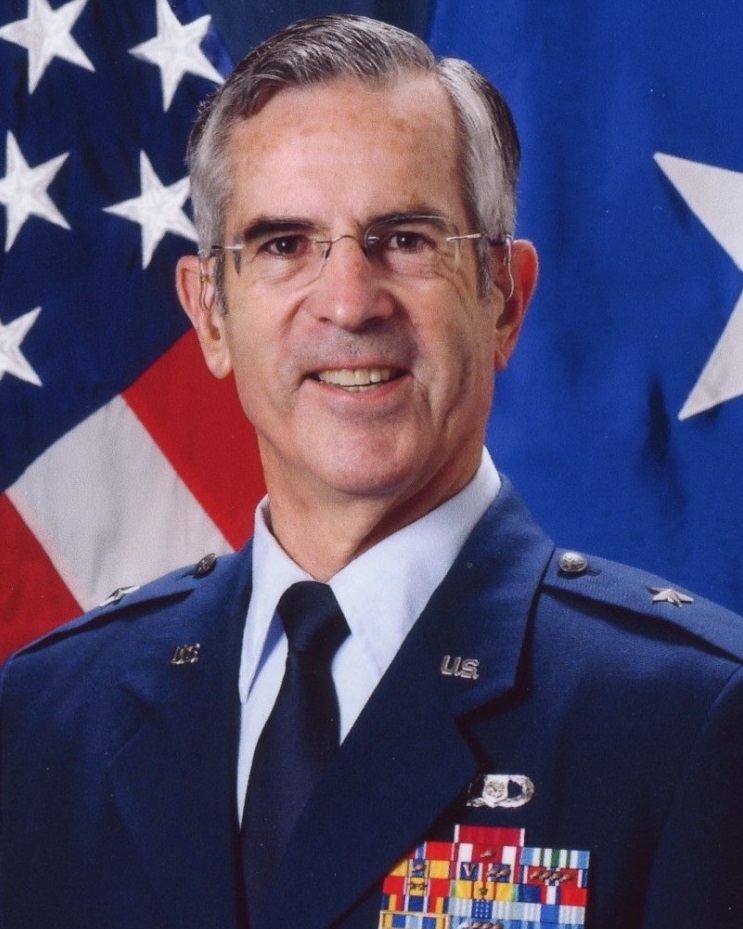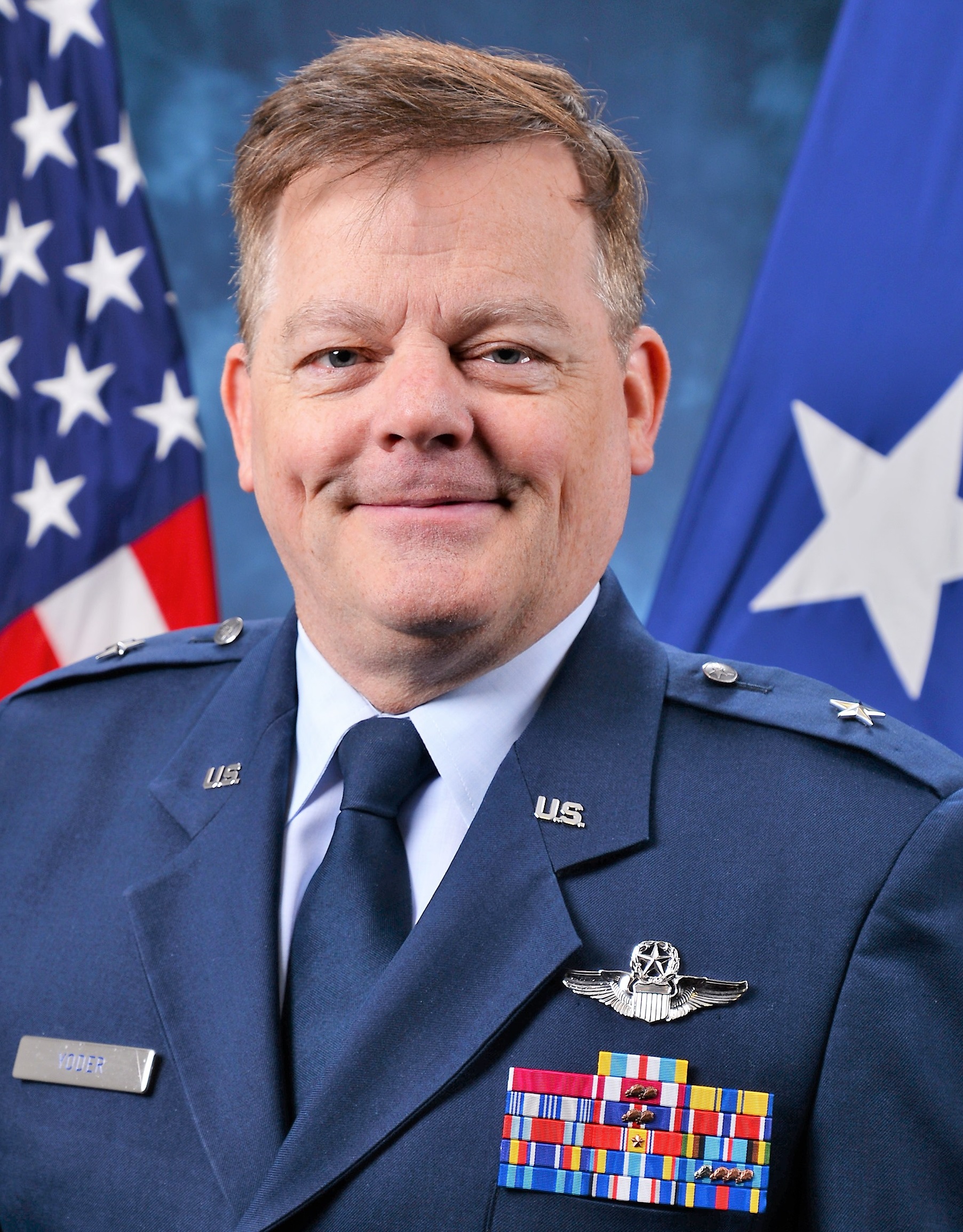Department of Engineering Mechanics
Antecedent Departments
Mechanics (1956–1966)
Engineering Mechanics (1966–1972)
Engineering Science, Mechanics & Materials (1972–1973)
Civil Engineering, Engineering Mechanics and Materials (1973–1979)
Engineering Mechanics (1979–Present)
|
Department Heads
| 1956–1963 | Col Archie Higdon |
1963–1964 | Col Charles W. Sampson |
1964–1965 | Col Higdon |
1965–1973 | Col Philip J. Erdle |
1973–1979 | Col Wallace E. Fluhr |
1979–1982 | Col Cary A. Fisher |
1982–1984 | Lt Col Thomas A. Kullgren |
1984–2005 | Col Fisher |
Spring 2006 | Lt Col Terry T. Thompson |
2006–2012 | Col Thomas L. Yoder |
2012–2013 | Col Andrew G. Szmerekovsky |
2013–2015 | Lt Col Donald W. Rhymer |
2015–2018 | Col Yoder |
2018– | Lt Col Cory A. Cooper |
|
 |
Permanent Professors
Archie Higdon | Phil Erdle |
| |
Em Fluhr | Cary Fisher |
| |
Tom Yoder |
| |
|
The Department Today:
Mechanical Engineering is a broad discipline of design and analysis of mechanics and motion, thermodynamics and fluids, materials and structures, and control. Beginning with an introduction to the fundamental principles of statics and mechanics of materials applied to aerospace systems, the curriculum spans incredible mechanical engineering systems in aerospace, automotive hardware, power generation facilities, and manufacturing.
Curriculum:
The department offers 14 courses in Engineering Mechanics and 14 in Mechanical Engineering.
Core Course:
Engr Mech 220. Fundamentals of Mechanics
Majors: History
Mechanical Engineering
Systems Engineering (Interdisciplinary)
Noteworthy:
In the Applied Mechanics Laboratory, cadets are encouraged to use a variety of wood- and metal-working equipment such as lathes, computer-controlled mills, welding equipment, material testing systems, composite material fabrication tools, and additive manufacturing devices (3D printing). Among many other projects, cadets design and fabricate various off-road vehicles and a formula car for national intercollegiate design competitions. A separate garage facility, complete with a full-scale chassis dynamometer, provides a unique opportunity for cadets to apply skills learned in their courses. The department’s Center for Aircraft Structural Life Extension is the Academy’s largest research facility, specializing in aircraft structural integrity and technology required to maintain aging aircraft and national infrastructure. This Center functions as a de facto government laboratory providing science and technology support, delivering commercial products and services directly to the Offices of the Secretary of Defense, the Air Force, and the greater aerospace and aircraft structural community.




